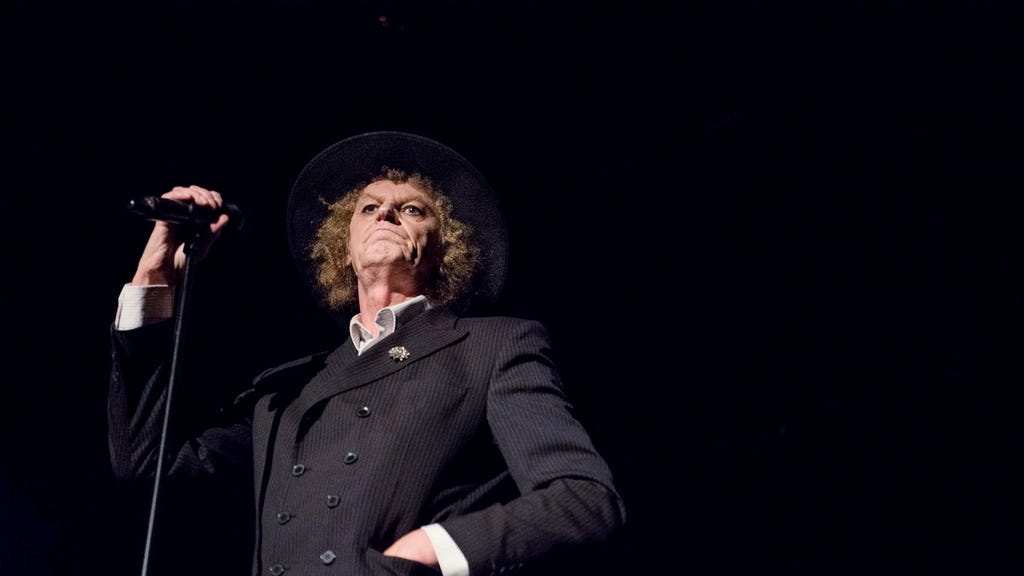Elin ”Alien” Peters, a cultural commentator for Dagens Nyheter, grapples with the overwhelming popularity of Taylor Swift, a phenomenon that seems to have captivated the world. Peters, not quite a ”Swiftie” herself, finds herself drawn to a different artistic experience: a performance by the Swedish poet Bruno K. Öijer. This juxtaposition forms the basis of her kåseri, a genre of Swedish light essay, where she explores the contrasting appeals of mainstream pop culture and the more niche world of poetry. Peters’ piece isn’t a critique of Swift’s music or fanbase, but rather a personal reflection on finding one’s own cultural space, even when it diverges from the dominant narrative. The image of Öijer, a solitary figure in a wide-brimmed hat, serves as a powerful counterpoint to the stadium-filling spectacle of a Taylor Swift concert.
Peters acknowledges the immense cultural force of Swift, whose concerts have become major events, drawing massive crowds and generating significant media attention. The ”Swiftie” identity, associated with enthusiastic fandom and a sense of community, is something Peters observes but doesn’t fully embrace. Instead, she finds herself seeking a different kind of connection, one offered by the introspective and often melancholic poetry of Öijer. This choice represents a conscious departure from the mainstream, a decision to engage with art that resonates on a more personal, perhaps even solitary, level. The contrast highlights the diverse ways individuals consume and connect with culture, suggesting that there’s room for both the sweeping currents of pop culture and the quieter streams of more niche artistic expressions.
The article implicitly questions the pressures of conformity in a culture dominated by mass appeal phenomena. Peters’ decision to attend an Öijer performance, while thousands flock to Swift’s concerts, speaks to the importance of individual taste and the freedom to choose one’s own cultural path. It suggests that genuine engagement with art comes from finding what truly resonates with one’s own sensibilities, regardless of popular trends. This pursuit of authenticity is central to Peters’ narrative, as she seeks an experience that feels genuine and personal, even if it means standing apart from the crowd. The kåseri format allows for this personal exploration, providing a space for Peters to reflect on her own cultural preferences and their implications.
The image of Öijer alone on stage, juxtaposed with the imagined spectacle of a Taylor Swift concert, visually reinforces the central theme of the piece. Öijer, a figure known for his intensely personal and often dark poetry, represents a different kind of artistic experience, one characterized by introspection and emotional depth. This stands in contrast to the highly produced and often celebratory atmosphere of a pop concert. Peters’ choice to focus on Öijer underscores her preference for a more intimate and thought-provoking engagement with art. The wide-brimmed hat, a distinctive feature of Öijer’s persona, further emphasizes his individuality and perhaps a sense of detachment from the mainstream.
Peters’ exploration of her own cultural preferences extends beyond simply choosing one artist over another. It delves into the broader question of how we navigate the cultural landscape and define our own identities within it. In a world saturated with media and constantly bombarded with messages about what we should be consuming, Peters’ piece serves as a reminder of the importance of critical engagement and the power of individual choice. It encourages readers to question the dominant narratives and to seek out artistic experiences that genuinely resonate with their own values and sensibilities. By choosing Öijer over Swift, Peters isn’t necessarily making a judgment about the quality of their respective art, but rather asserting her right to choose her own cultural path.
Ultimately, Peters’ kåseri is a celebration of individuality and the freedom to choose one’s own cultural experiences. It’s a reflection on the diverse ways we connect with art and the importance of finding what truly resonates with us, even if it means standing apart from the crowd. By juxtaposing the solitary figure of Bruno K. Öijer with the global phenomenon of Taylor Swift, Peters highlights the richness and complexity of the cultural landscape and encourages us to embrace our own unique tastes and preferences. Her piece is a reminder that there’s room for everyone in the world of art, whether you’re a Swiftie, an ”Öijer mom,” or something else entirely. The key is to find your own place and engage with the art that speaks to you.














